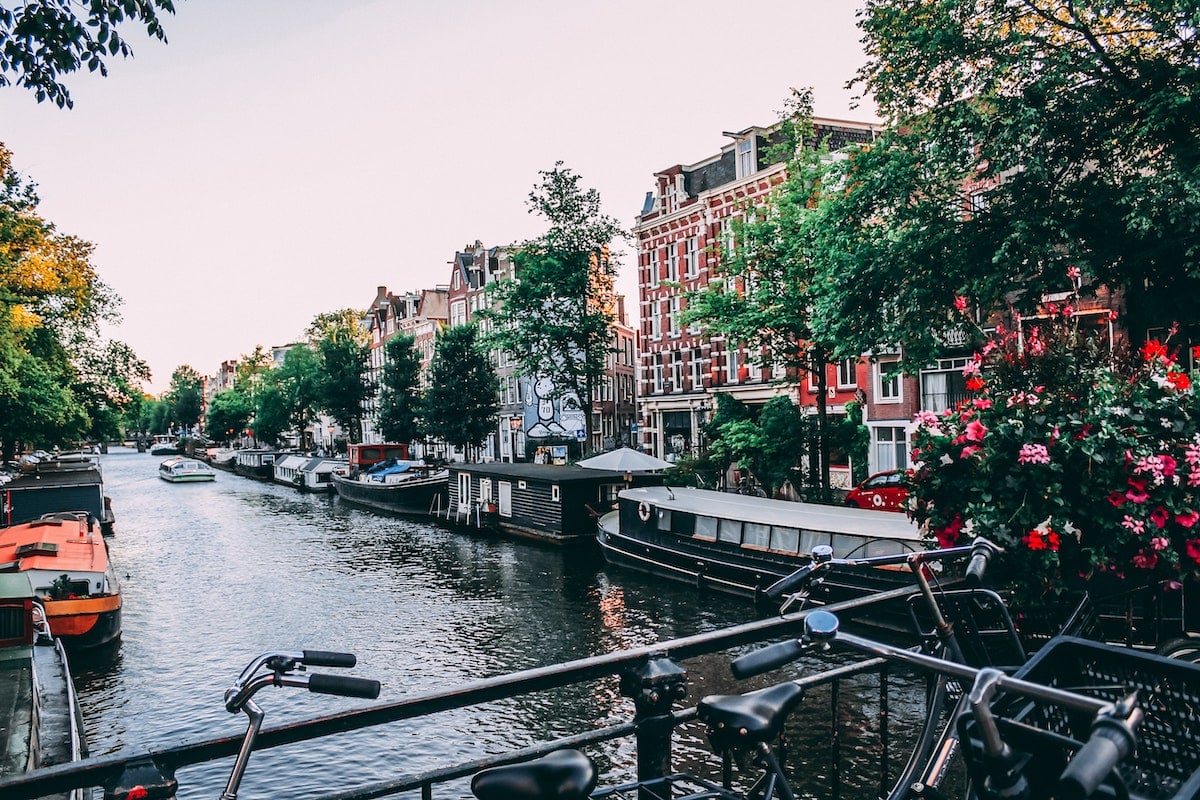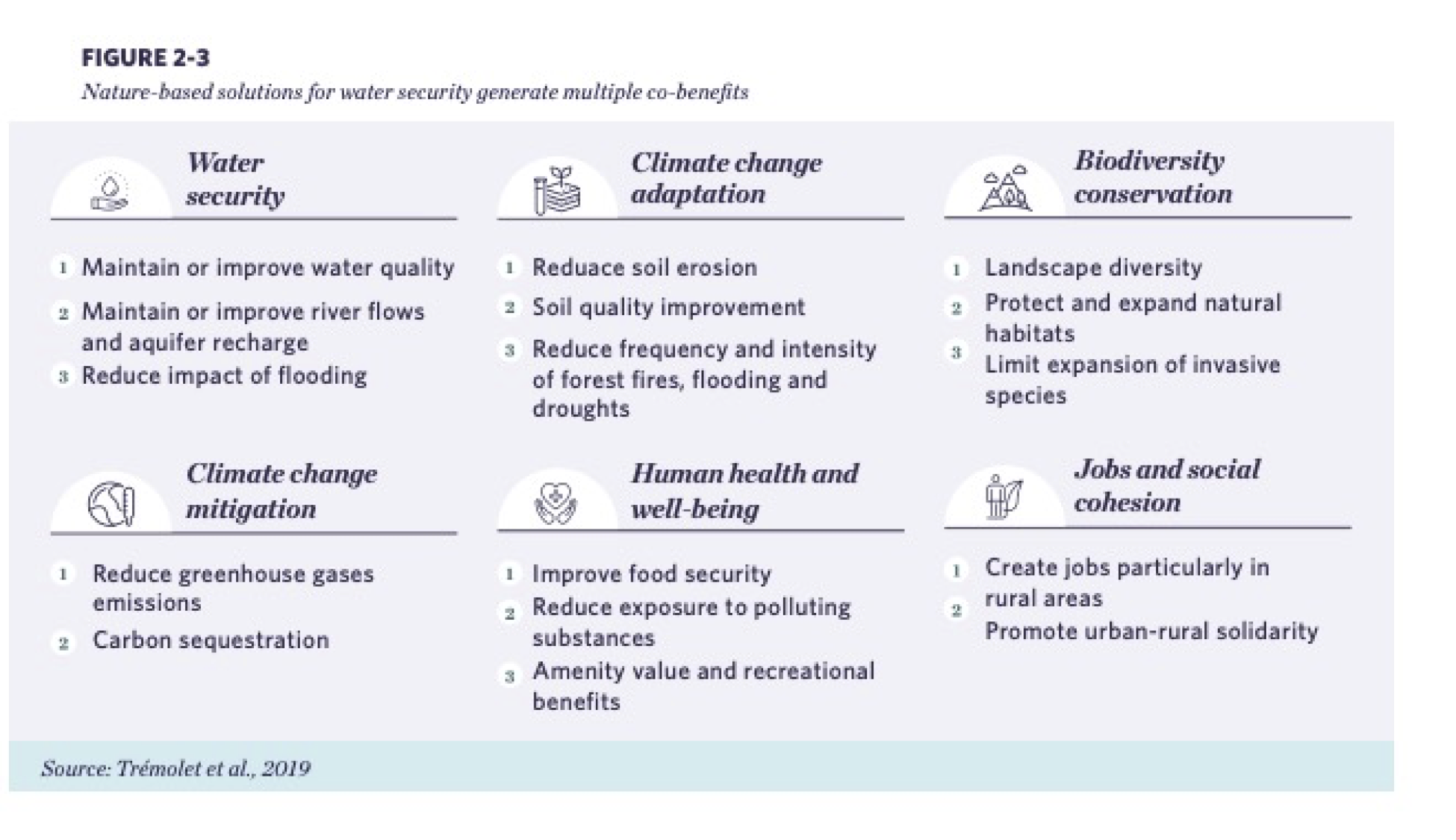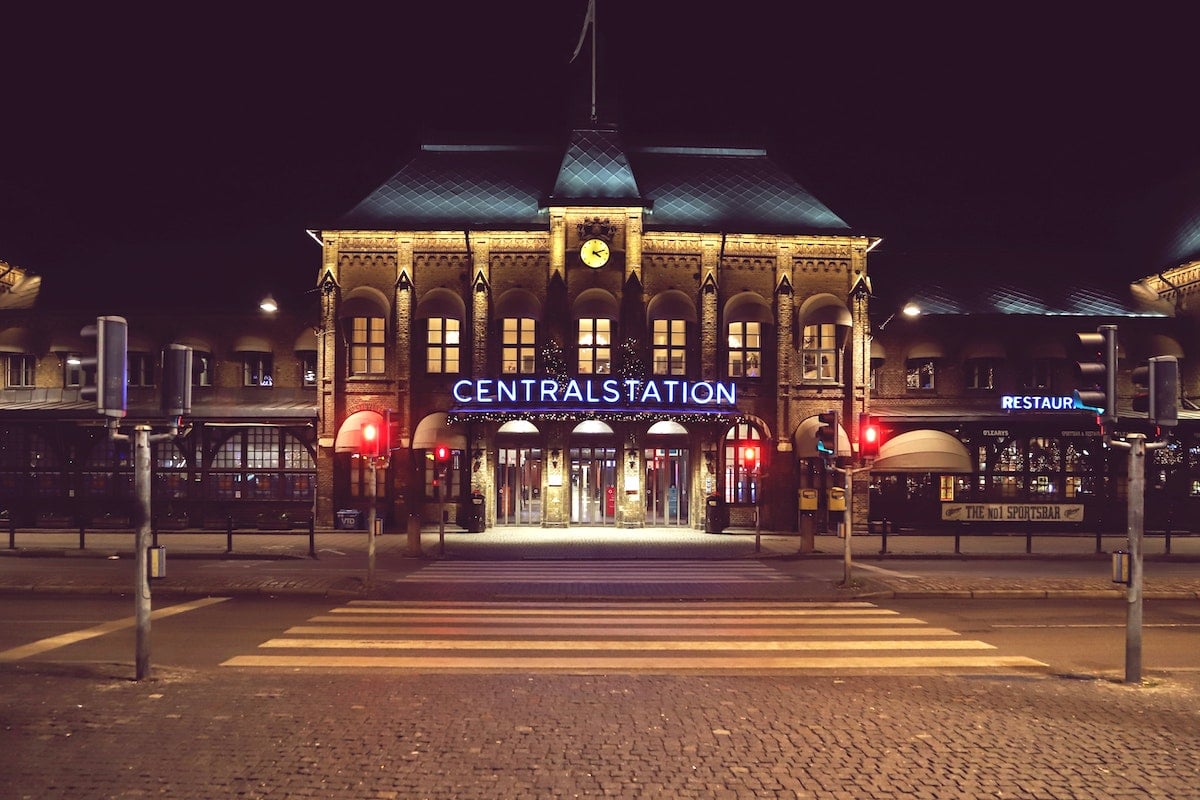Throughout the years, sustainability in everything from manufacturing to lifestyles has become a buzzword. Sustainability describes many different concepts, but it all comes down to one belief: whether something is good for the environment or not. In city branding, sustainability has become both a matter of environmental protection as well as a green badge of honor that impacts the ability to attract inward investment.
Reputation plays a big part in attracting progressive-minded businesses and residents. To become competitive on the world stage, cities need to become (and be seen as) sustainable. Measures such as green buildings, recycling programs, bike lanes and more can help promote a sustainable city, but they are just the start.
What makes a city sustainable?
A sustainable city is one that can provide a good lifestyle for its inhabitants without compromising the environment and without depleting resources. It is a city that provides clean air and water, while minimizing waste. A sustainable city should also reduce the use of fossil fuels and encourage the use of renewable resources.
Some of the key factors that make a city sustainable include:
- Building practices: This includes initiatives such as energy-efficient building design, green roofing, and cooling towers.
- Transportation: The city focuses on all aspects of getting around, including cars, buses, trains and bicycles, and their impact on green initiatives.
- Air and water quality: Sustainable cities create and preserve a clean environment, reduce emissions and ensure that air and water are safe for residents.
- Sustainable energy: The city invests in clean technologies to reduce their impact on the world's atmosphere.
- Food production: Food is produced through sustainable farming practices and minimizes waste.
- Waste and reclamation: The city promotes initiatives such as curb-side recycling and water reclamation for non-potable uses.
How do sustainability initiatives influence a city's economic development?
Sustainability initiatives are not just about environmental protection. They are also about economic development and the creation of a more sustainable society. Destination marketing organizations can play a role in helping the tourism industry grow in a responsible and sustainable manner. Two examples of places that focus their efforts on sustainable tourism are the City of Amsterdam and the Faroe Islands. 
Amsterdam has to plan for a continuing increase in the number of visitors to the city. The activities of amsterdam&partners concentrate on managing this growth. The city is putting a greater emphasis on guiding both national and international visitors to the city’s hidden gems and lesser-known areas, and the wider metropolitan area. The goal is not only a more even distribution of visitors over different areas, but also spreading these visitors over the year.
Through the “Visit Amsterdam, See Holland” program, the whole region is presented to international tourists as one destination: Amsterdam. The program appears to be successful in distributing the benefits of tourism over a larger geographical area than the inner city of Amsterdam itself and in balancing the ratio of visitors and residents.
Visit Faroe Islands' perspective on tourism is a solution with preservation and evolution at its core, and the needs, desires and lifestyle of the Faroese people as its focal point. Hence, they invented the term "preservolution" to describe their new sustainable tourism development strategy.
How are cities branding themselves as sustainable?
Cities are becoming more sustainable as they make their environment cleaner, greener and healthier. Many of these changes involve new developments such as eco-friendly buildings or a new transportation system.
Another example is how the Greater Copenhagen region positions itself as a state of mind and a way of life. It is the Scandinavian spirit – sustainability, creativity, equality, trust and togetherness. Copenhagen sees an opportunity to brand Copenhagen and thereby the entire surrounding area of Greater Copenhagen as: “The Most Sustainable Capital in the World”
Copenhagen consistently ranks as the world's most bike-friendly city, closely followed by the Dutch cities of Amsterdam and Utrecht.
Some of the ways in which cities are branding themselves as sustainable include:
- They use the power of storytelling to promote their sustainability efforts.
- They make use of social media to engage with their citizens.
- They adopt a holistic approach towards sustainability, which includes both environmental and economic aspects.
- They also make use of technology to monitor air quality and water quality.
Sustainable initiatives that matter
The Center for Sustainability report “Sustainable Practices in Public Works” highlights new and innovative approaches to sustainability, the impact these efforts have on building place brands, and the opportunities for further improvement. The report features insights from city leaders from around the world who are taking bold steps to reimagine cities as places where people can live, work and play. while working towards a more sustainable future.
Some of the key ideas highlighted include:
1. Urban farming
Urban farming is the process of growing food in a city or urban area. The term "urban farming" was first used in 1974 by Dr. Jane Jacobs in her book "The Economy of Cities."
Urban farmers use their skills and knowledge to grow healthy food for their communities while also reducing waste and promoting sustainability. They often use sustainable practices such as permaculture and aquaponics to produce more food with less resources than traditional agricultural methods.
For cities with urban farming initiatives, this is creating access to food as well as helping to offset carbon emissions. Urban farming initiatives also provide a sense of community for these cities by encouraging residents to take an active role in the growth and care of food.
2. Curbing waste
Cities are taking steps to reduce landfill emissions and improve the environment in a number of different ways. One way of reducing waste is by implementing recycling programs. Cities also set up composting programs to help reduce the amount of food waste in landfills. Others are converting trash into energy through incinerators and gasification plants.
To help reduce the amount of trash, cities are also implementing ideas like "Zero Waste" initiatives and "Waste Reduction targets." Other programs involve ideas such as “Turning Trash to Resources.” For example, the city of Phoenix, Arizona (population 1.5 million) recently started such a program. Instead of dumping waste, cities use their garbage as raw materials for new products or energy and create economic opportunities for entrepreneurs interested in making local use of this waste.
3. Clean water and reclamation systems
Clean water projects involve both infrastructure changes and community awareness outreach. Programs such as rainwater harvesting for non-potable use and designing pervious surfaces to reduce stormwater and increase groundwater recharge are just a few of the public-private projects that cities have adopted to increase sustainability.
A green footprint also means that the city has conscientious water usage and conservation systems in place. Population growth and increasing economic activity often go-hand-in-hand with higher water demand, and/or with water pollution that reduces available freshwater resources.
In regions where water is already scarce, careful planning, usage management and desalination efforts often become paramount. Nature-based solutions that make use of buffer zones and land management can help reduce greenhouse emissions and protect water sources.
“Nature-based solutions can be used in conjunction with grey infrastructure to deliver significant results and help lower overall total costs, with lower associated investment and maintenance costs.”
— Nature Conservancy
(Read the excellent report from the Nature Conservancy with insights on “Resilient European Cities: Nature-based Solutions for Clean Water” that European cities can undertake to manage clean water.)

Source: Resilient European Cities (Dec. 2020)
4. Sustainable transportation systems
Sustainable transportation systems are the future of our cities. The use of electric vehicles both by private owners and transport fleets is an important step to reduce the carbon footprint and improve air quality.
The increased use of bicycles also offsets a city’s carbon footprint. Riding a bicycle is one of the most inexpensive, convenient and environmentally friendly ways to commute. European cities such as Amsterdam and Copenhagen are well-known for their cycling culture. Cities that install bike lanes encourage bicycle traffic and improve urban mobility.

5. Greening of public spaces and facilities
A number of progressive cities have focused heavily on the greening of public spaces, not only as a sustainability measure, but also to enhance the city’s livability ratings and natural beauty. Parks and other outdoor areas with plants and trees absorb CO2 from the air, produce oxygen and reduce temperatures. This can have a positive effect on energy consumption, as well as reducing the need for cooling measures in hot months.
Another way of using public spaces and building infrastructure to improve sustainability is by adding renewable energy sources such as solar panels in these areas.
6. Renewable energy
The use of renewable sources such as solar and wind power has increased exponentially in recent years. This is because they are more affordable, reliable, and able to provide a higher volume of electricity than fossil fuels. Some governments have incentive programs that encourage businesses and private citizens alike to invest in renewable energy sources to reduce their use of carbon-based fuels.
Other progressive cites are making use of hydropower, as a renewable, clean source of energy fueled by water. Several of the world’s largest hydropower plants are in China, and Canada and Brazil rank in the world’s top users of hydropower. Sweden gets 45% of its energy from hydropower.
Examples of sustainable city initiatives
The European Union has taken a strong stance on sustainability, and this is evident in the number of initiatives that have been put in place across the continent. These initiatives include everything from renewable energy production to sustainable transportation methods.
Some examples of sustainable initiatives in cities around the globe include:
- Strasbourg, Germany has partnered with the research lab, Urban Futures, to create a “smart city” design to improve the quality of life for its residents.
- Miami, FL is currently working on a plan to use green buildings in order to mitigate effects of climate change.
- Los Angeles, CA is using solar panels and LED lights in order to reduce its carbon footprint.
- Helsinki, Finland is using a mass transportation system that reduces the city's reliance on cars.
- Berlin, Germany has implemented a range of sustainable initiatives such as the creation of bike lanes, expanding public transportation, and a major re-design of the city center.
- Glasgow, Ireland has also committed to creating a more environmentally friendly lifestyle with improvements in energy efficiency, recycling and waste reduction
- Gothenburg, Sweden stands out for its future-oriented solutions for traffic and transport, open data, and sustainability measures, including an abundance of green spaces and public parks, and ranks at the top of the world’s sustainable cities.

In fact, several Swedish cities rank highly on the Global Destination Sustainability Index in which Gothenburg grabbed first place for the fourth year in a row. One of Gothenburg’s mottos is “We care for the planet, our city, and the people who live here.”
Gothenburg got a 90% on the sustainability index, beating out Copenhagen (88%) and Zurich (85%). Other Swedish cities that made the index include Malmö (76%), Uppsala (74%), and Stockholm (69%).
Conclusion and next steps
The future of sustainability initiatives relies on the collaboration between local governments, corporations and individuals. Agencies, governments, organizations, the public must work together to make a difference in our cities and communities.
The next step for sustainability initiatives is to continue to educate people about the importance of sustainable living. Sustainability should be considered an important aspect of place marketing and a way to strengthen your brand.
Looking for help with place branding?
Listen to the place branding podcast or Place Branding Question Time webinars.

